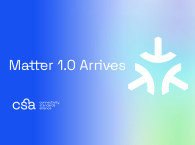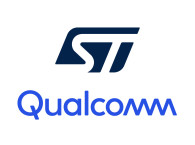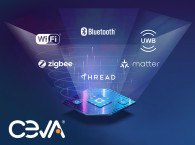Yes, audio and standards Matter. And that's probably going to be the last word pun I will use in this article, referring to the fact that the new standard for the Smart Home is called Matter. If you are wondering about the literal question in the title and what the concept of Smart Home represents for audio applications, all you have to think about is Wi-Fi. Does Wi-Fi matter for audio in our homes today? Of course it does. Yes, we have Bluetooth as well, but most likely streaming content to devices in the home is available originally through Wi-Fi - basically the convenient wireless network that extends our Internet connections. In fact, Wi-Fi technology has stepped ahead in the majority of homes, replacing old wired Ethernet networks - the few homes who had it, and which never upgraded from the old 10/100 standard, even though all our computers now already have 10Gbit Ethernet.
Residential integrators understand this well. While they have been building structured cabling using Ethernet-based technologies for whole home audio and distributed entertainment systems for years, their clients don't actually care what they use. Residential audio installations have been basically about building stuff behind the walls and hidden on the ceiling, with only screens and loudspeakers visible to the user. And when it comes to connecting those systems as part of a "smart home,” users want to wirelessly connect and control things from their own devices. And that fundamentally means Wi-Fi. Meanwhile, the Smart Home evolved so quickly that the integration business became mostly about configuring control interfaces and protecting access.

And that's why Apple had success with AirPlay originally, which makes it easy to send a movie wirelessly from a smartphone directly to the living room TV. Likewise, it allows selecting a playlist on the smartphone and have it played in the main hi-fi system or a wireless speaker. But then it got complicated quickly. Chromecast and other "cast" technologies started to be advertised, smart TV manufacturers want consumers to access everything directly through their interfaces and platforms. And meanwhile mainstream consumers don't understand the difference between selecting music on the smartphone that is played over a Bluetooth speaker, and selecting the same music on the same smartphone that plays on a Spotify Connect-enabled Wi-Fi speaker (at least until they receive a phone call).
The audio industry is clearly at the end of the chain when it comes to offering interface solutions that match the content distribution services and fast broadband networks we get at home. If consumers don't understand when they play music over Wi-Fi or Bluetooth (and don't care), how are consumer electronics manufacturers going to "sell" the concept of multichannel wireless audio for home theater, such as those from the Wireless Speaker and Audio Association (WiSA), DTS Play-Fi, or anything new? I mean, we still don’t have a standard way to connect a wireless subwoofer from a brand to a soundbar from another brand. Now, add "spatial audio" reproduction to the mix, and suddenly the challenge seems insurmountable.
We now have soundbars that play out some sort of "3D sound" to improve the movie experience. Yet very few consumers even notice that the only reason why the soundbar is decoding all the original audio channels (and object-based metadata) is due to the fact that the TV (one of the consumer product categories with faster upgrade cycles) and the soundbar are both using the latest HDMI standard with eARC - which was specified in 2017, as part of the 2.1 standard.
And even though some early adopters and enthusiasts are already connecting their TVs and Apple TVs to multichannel wireless audio home theater systems, we have yet to define the best use of technology for wireless audio speakers - with WiSA being the best available option so far, but still restricted to surround sound and no support yet for immersive formats, such as Dolby Atmos or DTS:X.
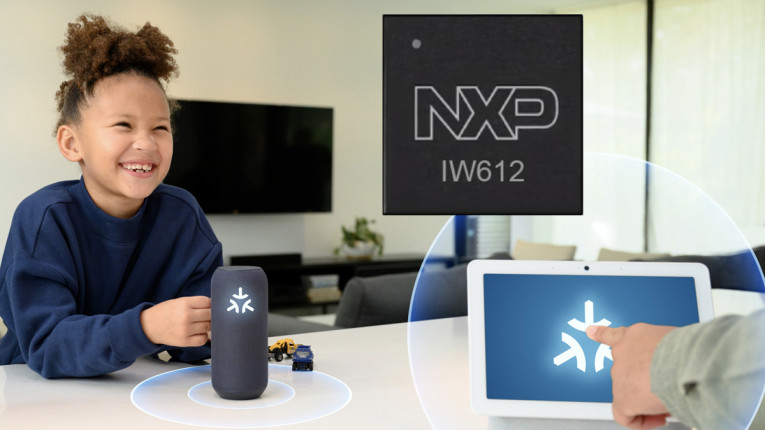
Are any of these devices and the latest technologies "talking" to our audio and entertainment systems? Of course! Through smart speakers, smart displays, or smart TVs that are control hubs, essentially designed to become the center of home systems. That is what the Apple HomePod Mini is all about. The problem is, the vast majority of consumers will end up listening to music in the tiny mini HomePod speaker, instead of using it to control the Mark Levinson integrated amplifier and $20,000 Revel speakers.
And why would they if that means sitting still… looking at the speakers? Younger generations will continue to look in disdain to their parents living room hifi systems while they resort to wearing earbuds most of the time for their entertainment (if they are not the type to accept playing music through the smartphone speakers!!...). And that right there, is reason enough why we need better standards for the Smart Home.
That is why we need Matter and that is why Matter is important for audio.
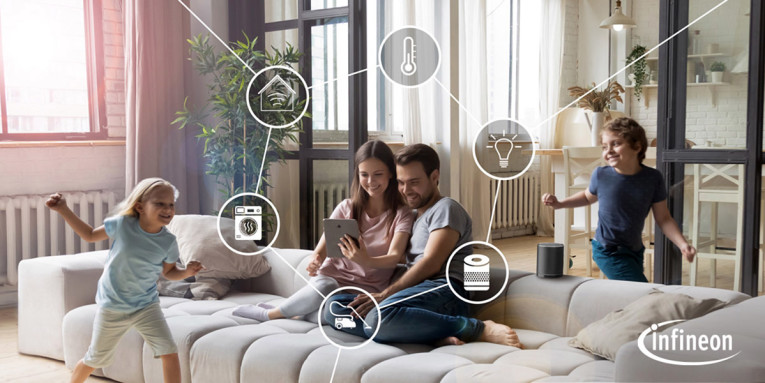
If Apple Says it Works…
So, does Matter suddenly solve all of these problems? Well, not immediately but it certainly creates an important foundation, much in the same way as Wi-Fi accelerated home networking. What is needed is to actually see how the hundreds of manufacturers who are supporting Matter address its use - and that was what we were supposed to be able to see at CES 2022 and we didn't.
If CES 2022 had been a normal show, Matter would most likely be the main highlight for this year, because everyone was planning to announce and demonstrate their support — and most didn’t. The few announcements were lost among the air purifiers and smart glasses - and smart glasses with air purifier. Also, because essentially Matter is not yet fully ready and is another example of the industry waiting for the "Apple push."
And another direct consequence of not having any relevant industry events, is the fact that we know very little about how much of the required work is actually ready. Technically, there's not much yet to detail on what Matter is. We just know that it matters (sorry).
As an example, Wi-Fi standards have drastically evolved with the introduction of Wi-Fi 6 and 6E in the last two years (unlike Bluetooth), with hundreds of products now commercially available. The Wi-Fi 6 standard is essential for the smart home, and Wi-Fi 6E promises to reduce RF interference in the home through the opening of the 6GHz band. At the same time, Wi-Fi standards continue to evolve to improve security, which is another cornerstone of the smart home. As many semiconductor companies such as Infineon are promoting, Wi-Fi 6 allows devices that are much more power efficient and enables combined integrated solutions with Bluetooth and other wireless network technologies, which is also essential for Matter.

The Matter effort was founded in 2020 within the Connectivity Standards Alliance, which was formerly known as the Zigbee Alliance and has combined a series of technologies and efforts, part of what was generically called the Internet of Things - which is a complicated story. Anyone looking back at Zigbee technology will quickly find an intricate net of industry efforts and specifications that all started to converge in the same direction. The problem is that the perspective for IoT changed according to the scope. For large area deployments, it faced a fragmentation of competing efforts (NB-IoT, LoraWan, Sigfox, etc.), where the telecom operators will always have an interest - and probably the final word, in sync with regulators (think 6G).
Inside the home, these "connected devices" (in audioXpress we care for our readers sanity, and we systematically replace the meaningless "IoT" acronym with “connected devices") efforts needed to coexist in a limited bandwidth environment with Wi-Fi, Bluetooth, and all the technologies already in place for simple remote control, home automation, wireless sensor networks, safety, building automation, etc. And now, also increasingly facing new challenges by short-range radio and personal area network technologies, increasingly dominated by the converging UWB Alliance and the FiRa Consortium efforts around ultra-wideband (UWB) technology, near-field communication (NFC), and even Bluetooth LE.

Matter is an industry-unifying standard that promises reliable, secure connectivity — a seal of approval that devices will work seamlessly together, today and tomorrow. If this sounds familiar, it is because that's precisely how we used to describe analog audio connectivity. And we need exactly that in the wireless age since we didn't manage to build anything similar for physical digital audio interfaces. Matter opens up the opportunity to create connections between more applications, simplifying development for manufacturers, and making things easier for consumers.
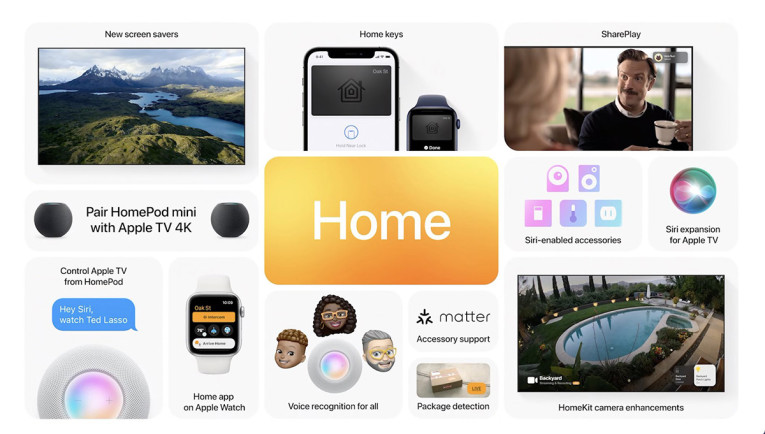
Of course, the key companies for now are the semiconductor players paving the way for product development. NXP and Infineon have made important Matter announcements at CES 2022 that need to be noticed by audio manufacturers. Notice also that most leading CEDIA members are involved, as are all the home automation, lighting, and home security players. What is missing in that list are key contributors in audio technology such as Bose, Harman, Summit Wireless, Sound United, Lenbrook, and Xperi. Basically, Sonos and Ikea are the only companies involved so far to represent our industry.
Time for audio manufacturers to get involved and tell Apple, Google, Amazon, and Facebook what matters.
This article was originally published in The Audio Voice newsletter (#361), January 27, 2022.




